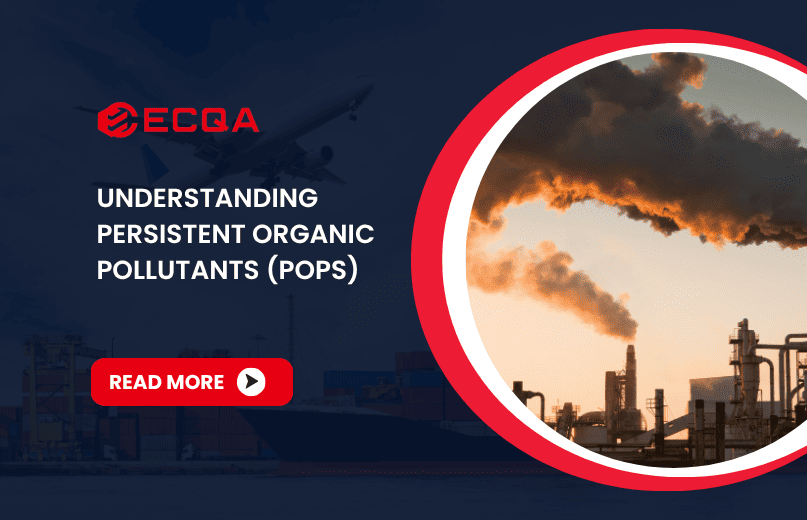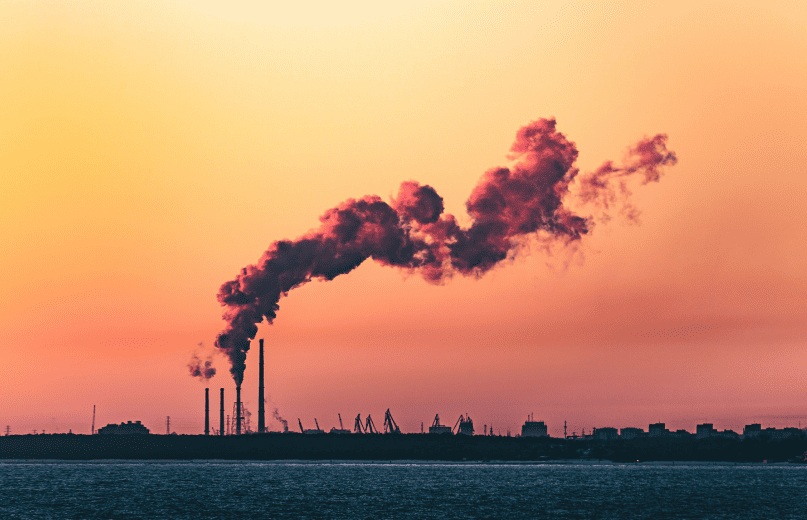
Understanding Persistent Organic Pollutants (POPs)
Persistent Organic Pollutants, commonly abbreviated as POPs, are toxic chemical substances that resist environmental degradation through chemical, biological, and photolytic processes. Due to their persistence, POPs accumulate in the environment, travel long distances via air and water, and build up in the fatty tissues of living organisms, including humans.

POPs are primarily by products of industrial processes, chemical manufacturing, pesticide applications, and waste incineration. Common POPs include dioxins, polychlorinated biphenyls (PCBs), DDT, hexachlorobenzene (HCB), and perfluorooctane sulfonate (PFOS). These substances are known for their severe impacts on human health, including endocrine disruption, reproductive disorders, immune system suppression, and increased cancer risks.
The key characteristics of POPs are:
- Persistence: They do not break down easily in the environment.
- Bioaccumulation: They build up in the fatty tissues of animals and humans.
- Toxicity: They cause harmful health effects at low concentrations.
- Long-range transport: They can travel far from the original source through air or water.
Due to their global impact and mobility, POPs are subject to strict international and national regulation.
POPs Compliance for Manufacturers and Importers
Compliance with POPs regulations is legally mandated in many jurisdictions, particularly for exporters to the European Union, United States, Japan, China, and other regulated markets.
Key Compliance Obligations:
1. Material Testing and Certification:
Products and raw materials must be tested for POP content, typically through chemical analysis by certified laboratories. Common test parameters include PCDD/Fs, PCBs, PFOS, and related substances.
2. Regulatory Alignment:
Compliance with REACH Annex XVII (EU), Toxic Substances Control Act (TSCA – US), China RoHS, and local POPs-related restrictions is essential. Many of these frameworks reference the Stockholm Convention substance list.
3. Supply Chain Transparency
Companies must collect Material Safety Data Sheets (MSDS) and Declarations of Conformity (DoC) from suppliers to confirm that raw materials and components do not contain restricted POPs.
4. Product Labeling and Documentation
Where applicable, products must include labels, serial numbers, and batch records linking them to POP-free certification.While labeling is not always required for POPs content, traceability documentation may be mandatory depending on the jurisdiction.
5. Waste Disposal Practices
Manufacturers must manage and dispose of POP-containing waste according to hazardous waste protocols, with traceable records and responsible disposal channels.
6. Third-Party Testing and Verification:
To avoid conflict of interest and ensure transparency, third-party labs accredited to ISO/IEC 17025 are often engaged to validate compliance.
Industries Most Affected by POPs Regulation
Persistent Organic Pollutants regulations have far-reaching implications across multiple industrial sectors. Industries that have historically used POPs in their materials, coatings, or production processes are particularly affected and must now adapt through reformulation, substitution, or enhanced testing protocols.
Textiles and Leather Goods
Waterproofing agents such as Perfluorooctane sulfonate (PFOS) were commonly used in outdoor apparel, performance fabrics, and leather treatments. Due to their toxicity and environmental persistence, PFOS and related compounds have been banned or severely restricted in most jurisdictions.
Key impacts:
- Restriction of fluorinated coatings used in water- and stain-resistant textiles
- Increased testing obligations to verify absence of restricted POPs
- Reformulation pressure on textile chemical suppliers and brands
Electronics
Electronics manufacturing is significantly affected due to the historical use of brominated flame retardants (BFRs), particularly PBDEs (Polybrominated diphenyl ethers). These compounds were added to circuit boards, plastic housings, and insulation materials to improve fire safety.
Common challenges include:
- Phasing out legacy components that still contain restricted BFRs
- Complying with RoHS, REACH, and POPs requirements simultaneously
- Ensuring recycled plastics used in electronics are free from banned POPs
Plastic Goods and Polymers
Plastic manufacturers face scrutiny when using recycled content, particularly in consumer goods, packaging, or industrial parts. Legacy POPs, especially short-chain chlorinated paraffins (SCCPs) and hexabromocyclododecane (HBCDD), can inadvertently enter the supply chain through contaminated recycled materials.
Key risks:
- Regulatory action against contaminated products
- Mandatory declaration or testing under POPs and REACH frameworks
- Rising demand for POPs-free certifications or third-party verification
Paints and Coatings
Certain industrial coatings, marine paints, and anti-fouling applications historically contained POPs such as pentachlorophenol, PCBs, or toxaphene. Although phased out in most formulations, legacy use in older infrastructure and imports remains a compliance challenge.
Relevant compliance actions:
- Managing disposal of old stock or contaminated waste
- Implementing testing protocols for imported raw materials
- Ensuring labeling and MSDS (Material Safety Data Sheet) documentation reflects current regulatory status
Medical Devices and Automotive Parts
POPs were used in the production of specific elastomers, adhesives, flame-retardant textiles, and plastic components within medical and automotive applications. Even though modern formulations have evolved, historical inventories and long product life cycles present ongoing risks.
Industry focus areas:
- Auditing BOMs (Bill of Materials) to identify legacy risk
- Verifying POPs-free status for all incoming components
- Managing cross-border regulatory differences in global supply chains
By integrating POPs risk management into quality control, procurement, and R&D workflows, industries can minimize exposure, avoid legal penalties, and demonstrate environmental responsibility.
For consistent compliance, manufacturers and importers must stay updated with evolving POPs lists and testing protocols, especially as more substances are added to international treaties and local laws.Work with an accredited laboratory like ECQA to ensure your products remain POPs compliant across global markets.

 Request Free Sample Report
Request Free Sample Report